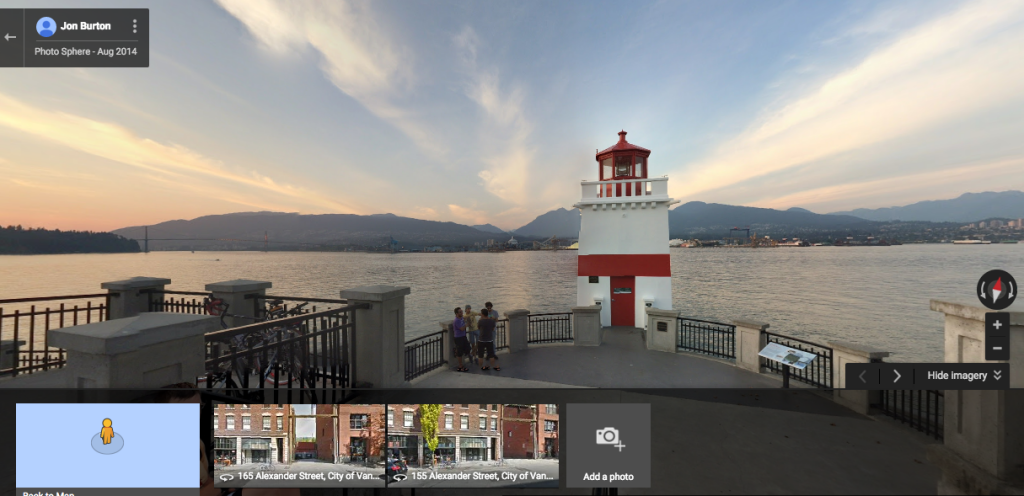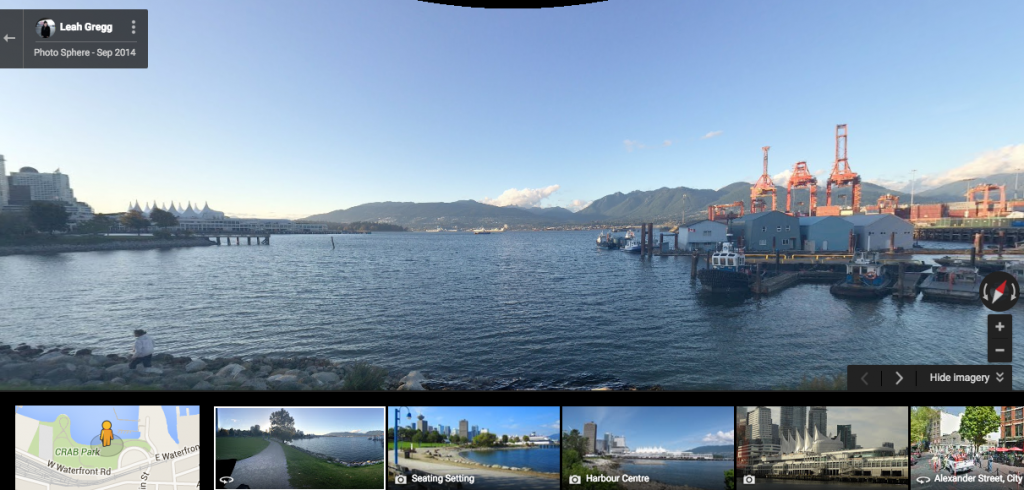“What people care most about is not simply restricting the flow of information but ensuring that it flows appropriately.”
– Helen Nissenbuam
Remember when people called the web “new media”?
By now, “New media” is something of a misnomer, and just as the social and mobile web is no longer new, the debate about how information is created and shared online has become timeworn.
The debates tend to circle around two competing ideologies: Neo-liberal “free culturists” battling tight-fisted regulation lovers.
The techno-optimists have their camp. The likes of Cory Doctorow and Jeff Jarvis vociferously exalt the benefits of the free flow of information. Copyright and digital rights management (DRM) tools are anachronistic straightjackets on the democratizing potential of open access. Free market dynamics will smooth the wrinkles of disruption caused by Silicon Valley startups.
In the other camp are the artists, media-makers and media owners who depend on restricted access like copyright and paywalls for their livelihood – and for those in the film and music business – for the preservation of the industry status quo.
Journalism, too, relies on the tenets of access to information – rendered as freedom of expression – the right to publish information gleaned from public spaces that is relevant to the public it serves.
Kimberly Christen Withey has a bone to pick with the open access debate. But her position doesn’t quite fit the binary.
She is a researcher at Washington State University who has taken a close look at the origins of the phrase “information is meant to be free” and reveals, through the work of scholars Lewis Hyde, Boatema Boateng, Jane Anderson and others, how the concepts of public domain and open access are tightly bound up with colonialism.
Thomas Jefferson was a purveyor of the free transmission of cultural ideas, his motivation stemming from what Whitey calls “deeply emotive and ideological American narratives” (Whitey, 2877). But she links “public domain talk” with the ideal of westward expansionism of settler occupiers.
For many Indigenous communities in settler societies, the public domain and an information commons are just another colonial mash-up where their cultural materials and knowledge are “open” for the profit and benefit of others, but remain separated from the sociocultural systems in which they were and continue to be used, circulated, and made meaningful. (Christen Whitey, 2012, 2879-80)
There’s another problem with the “public domain” – it’s often conflated with unfettered access.
To open our eyes, she takes us to the grassy plains of Tennant Creek. It’s a small town in Australia’s sparsely populated Northern Territory, known for cattle ranching and its hot dry climate. Half of the residents are Indigenous. It’s home to the Warumungu people.
In 2008, when Twitter, YouTube and Facebook were emerging, Christen Whithey launched the Mukurtu Wumpurrarni-kari archive, “a stand alone, browser-based community digital archive for the Warumungu community.”
The idea was to create an online presence to mimic offline protocols. Contrary to the tenets of open access, some Warumungu protocols require privacy – gender and family affiliation determine which practices community members can participate in. Mukurtu CMS works by restricting what users can access based on identifiers in their profile. An outsider might only be able to view a narrow set of material while a community elder might have access to an expansive range of content.
The community embraced the archive because it provided a solution to the problem of artefact sequestration. Cultural artefacts are often cloistered in museums, and not always available to the Indigenous communities from which they originated. Prior informed consent isn’t always provided, and too often, artefacts are taken freely. The digital archive didn’t just make these digital artefacts accessible to the community, it allowed the community to exert control over who sees what.
The archive was the first experiment that would eventually lead to the creation of Mukurtu CMS – an open-source content management system that “can be adapted to the local cultural protocols and dynamic intellectual property needs of any indigenous community” (Christen, 2012, 2873).
What the CMS does, is challenge assumptions around intellectual property. While today, “public domain” and “the commons” have intellectual property connotations, their origins can be traced back to Britain’s Great Charter of the Forest, which protected the poor’s right to glean natural resources like firewood, fish from streams, and plants (Taylor, 2014, 173).
The commons is a concept, as political activist Astra Taylor suggests, that is as much about negotiating the use of a space, as it is the space itself. But we often forget this, much to the detriment of the debate surrounding information access, says Christen Whitey:
The commons was never a place of inclusion, nor was it ever unregulated or uncontrolled. In his study of the commons as an idea and as practiced, Lewis Hyde shows quite clearly that, “the simple fact is that the commons were a form of property that served their communities for centuries because there were strict limits on the use rights. The commons were not open; they were stinted” (2010, p. 34, emphasis mine). (Christen, 2012, 2876-7)
If we understand this principle, then perhaps it opens up a new way for framing the debate around access to information, the mapping of Indigenous protocols onto the digital space, and what that means for journalists.
While the digitization of analog objects – everything from music files to photographs – renders them facsimiles that can be copied ad infinitum without diminishing the quality of the original, this raw process cannot accommodate the boundaries laid out in Warumungu and other Indigenous cultures. Simply put, barriers to access IRL ought to be conferred to the digital equivalents, no matter how contradictory that requirement may be, given the contours of the web.
If journalism is bolstered by the principle of freedom of expression, perhaps this refined understanding of what it means to have access to “the commons” helps explain why some information should not be free.


